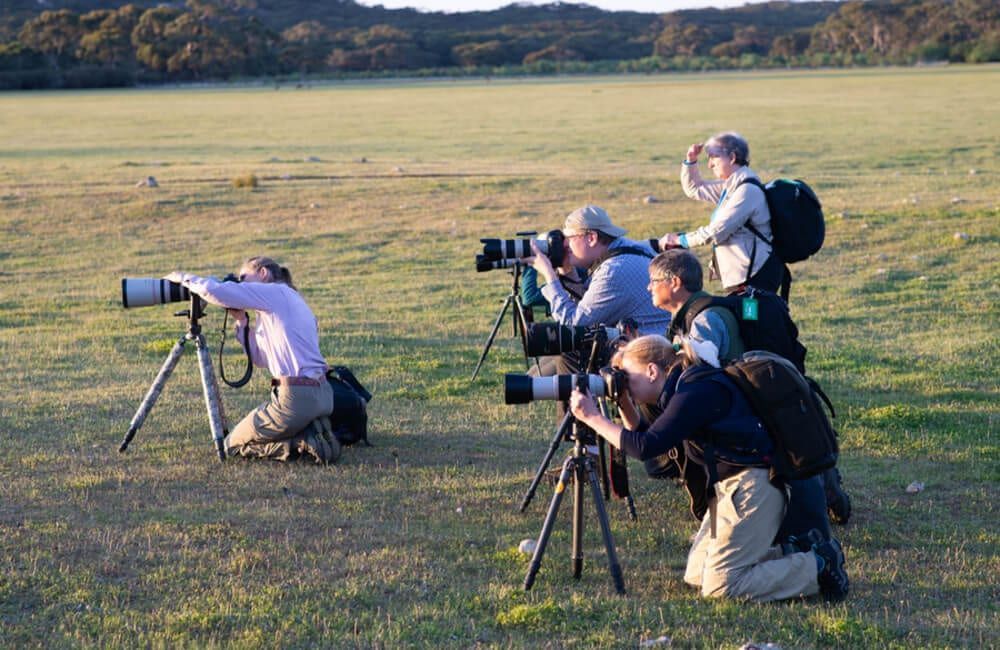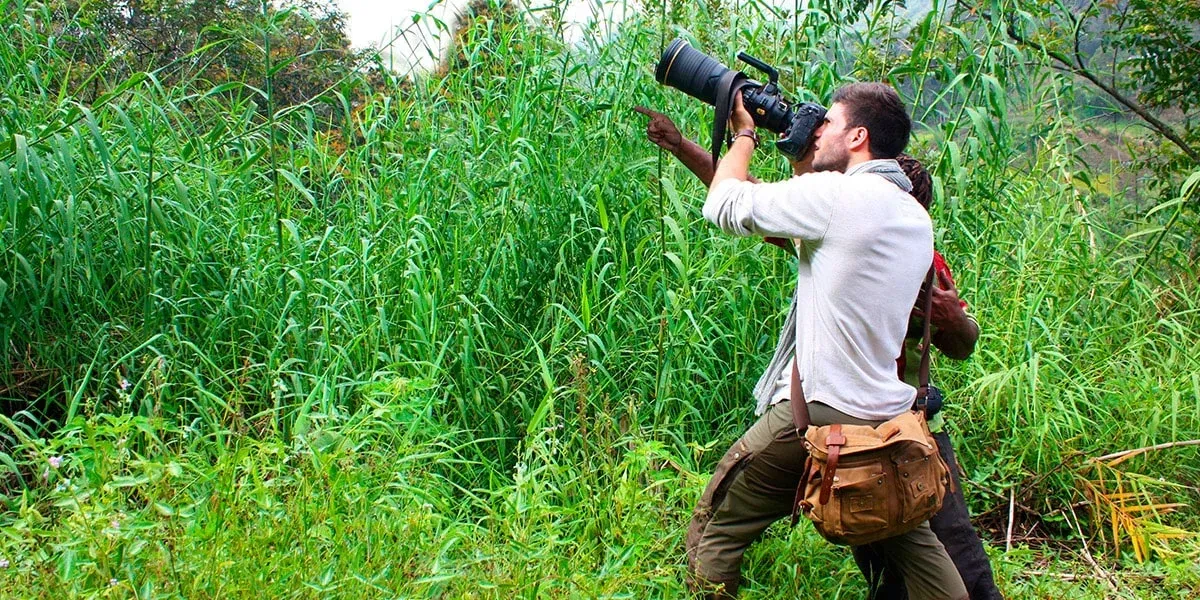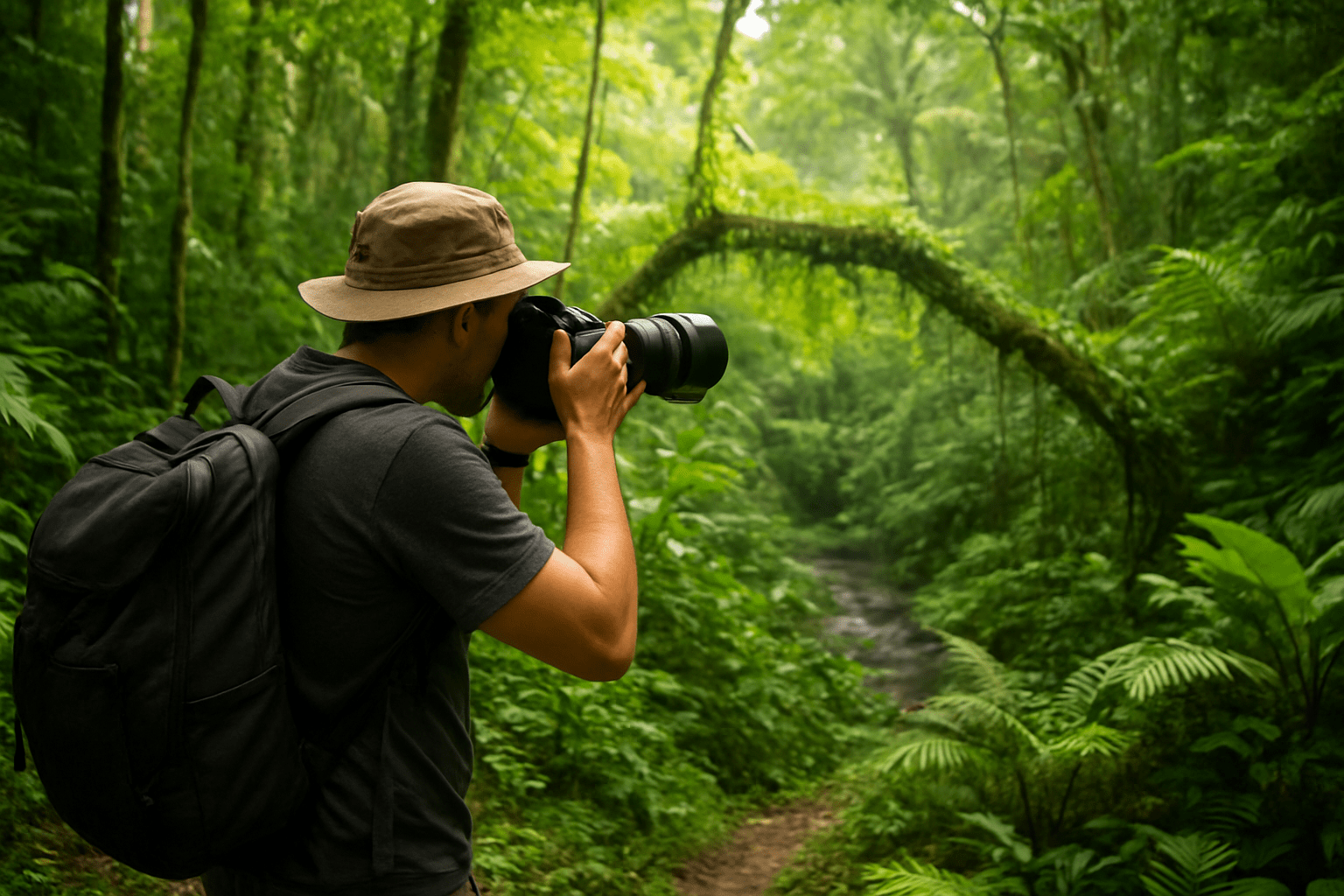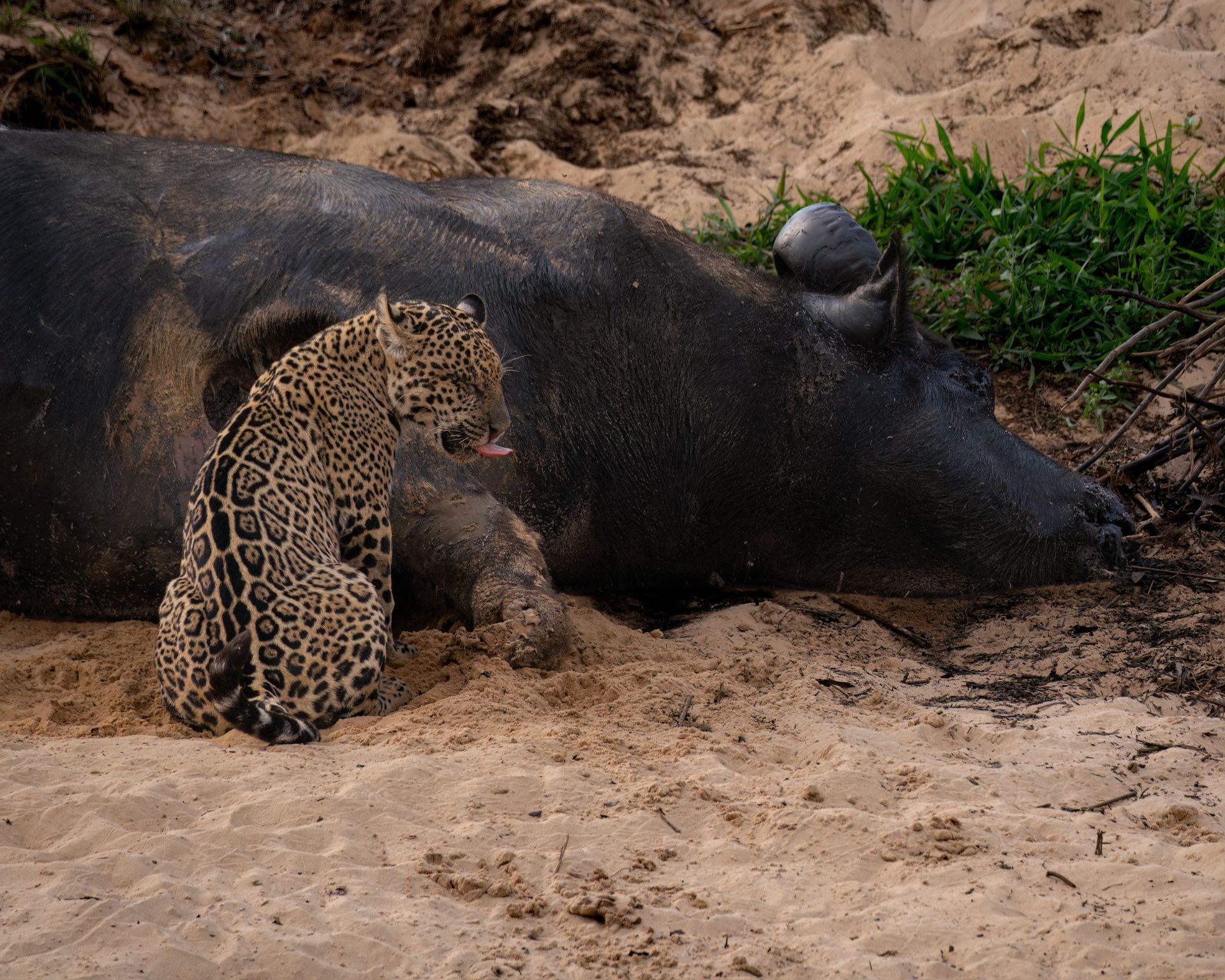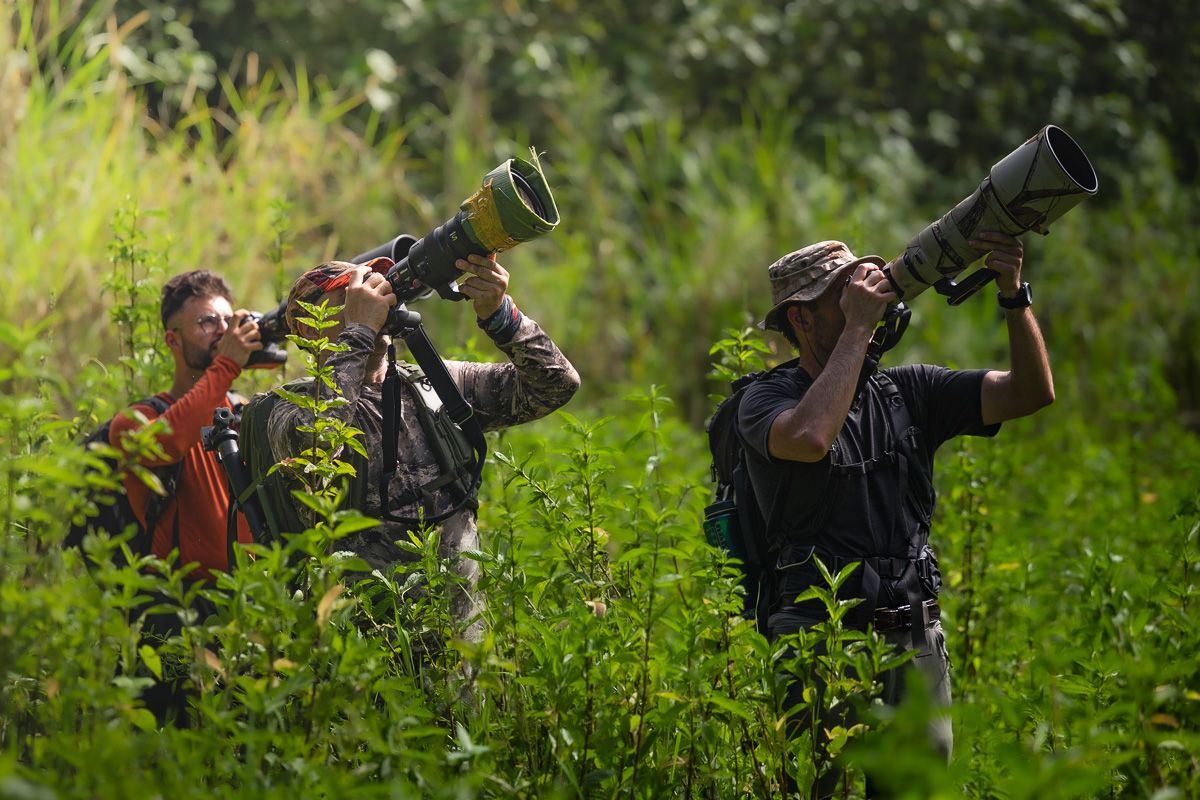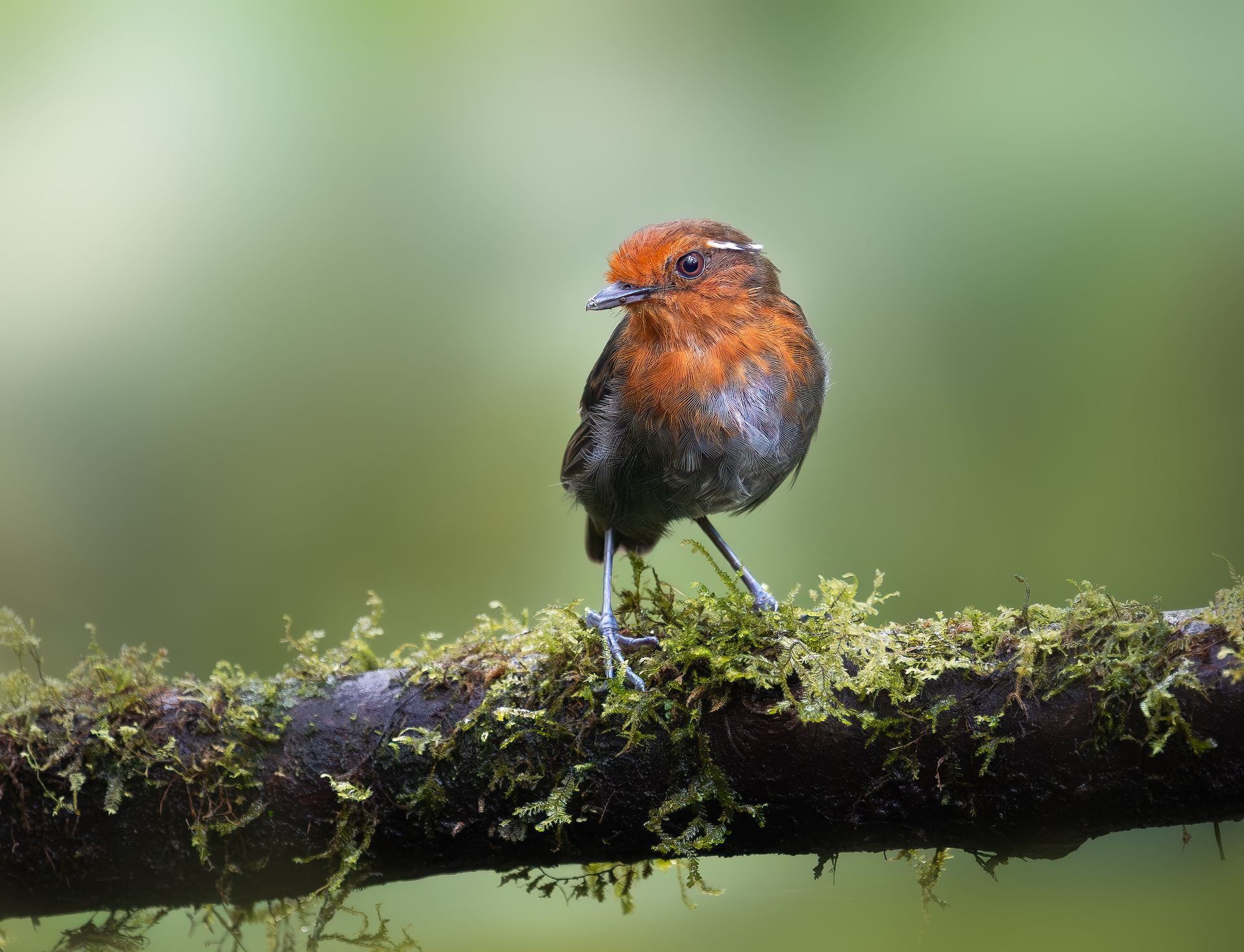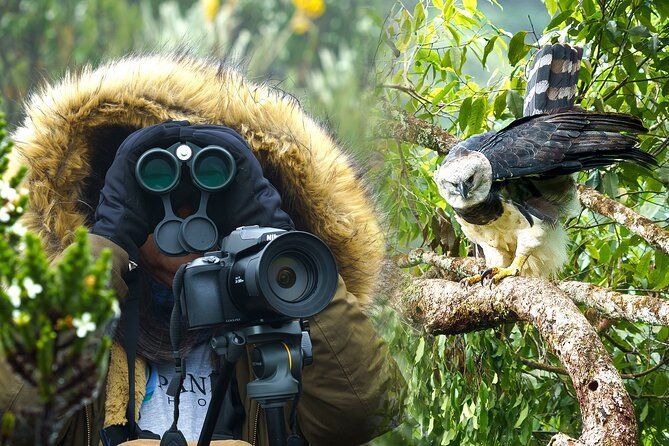Birds of the Amazon: What to Capture in Colombia’s Rainforest
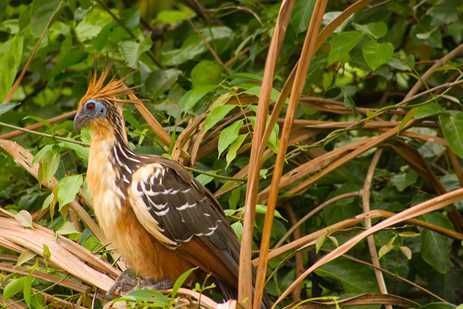
Colombia’s Amazon region is one of the most biodiverse places on Earth, and it holds a paradise for bird photographers. Spanning over 400,000 square kilometers of dense tropical rainforest, rivers, and wetlands, the Colombian Amazon is home to hundreds of bird species, including many that are rare, endemic, or highly colorful. For wildlife photographers, it’s a realm of endless opportunities—vivid parrots in flight, secretive antbirds on the forest floor, and hummingbirds visiting flowering trees.
In this guide, we will explore what to photograph in Colombia’s Amazon, the top bird species, photography techniques, hotspots, challenges, and tips to help you make the most of your rainforest adventure.
Introduction to Colombia’s Amazon
The Colombian Amazon, also known as Amazonía Colombiana, is part of the greater Amazon Basin that spans several South American countries. While often associated with Brazil, Colombia holds a unique portion of this rainforest that is less trafficked and highly pristine, making it a special destination for photographers seeking untouched habitats and rare species.
Key departments of the Colombian Amazon include Amazonas, Caquetá, Guaviare, Guainía, and Vaupés, with access typically via Leticia, the main gateway city. The region combines rivers, floodplains, terra firme forest, and seasonally inundated forests, which create a complex mosaic of habitats supporting diverse bird communities.
Why Colombia’s Amazon Is Ideal for Bird Photography
Several factors make this region a bird photographer’s dream:
High Biodiversity
- Colombia hosts over 1,950 bird species, and the Amazon contributes hundreds of species, many of which are not found elsewhere in the country.
- You’ll find macaws, toucans, hummingbirds, trogons, antbirds, and tanagers, often in strikingly vibrant plumage.
Uniqueness and Rarity
- The rainforest hosts species that are extremely secretive or rare, making every sighting special.
- Endemics include birds like the Guianan Cock-of-the-Rock in certain Amazon foothills and regional parrots.
Lush, Photogenic Landscapes
- Towering trees, river channels, misty mornings, and flowering plants create natural, dynamic backdrops for bird photography.
Opportunities for Behavioral Shots
- The dense forest allows photographers to capture feeding, courtship, and flocking behavior, which adds depth and story to your images.
Top Bird Species to Capture in Colombia’s Amazon
The Colombian Amazon is a treasure trove of photographic subjects. Here are some highlights:
1. Harpy Eagle (Harpia harpyja)
- One of the largest and most powerful eagles in the world.
- Capturing a harpy eagle in flight or perched on a high branch is a once-in-a-lifetime experience.
2. Blue-and-Yellow Macaw (Ara ararauna)
- Iconic for its striking blue and yellow plumage.
- Often seen flying in pairs or small flocks, providing dynamic aerial shots.
3. Scarlet Macaw (Ara macao)
- One of the most vivid and recognizable birds of the Amazon.
- Photographers often capture them at clay licks along rivers or in early morning light.
4. Guianan Cock-of-the-Rock (Rupicola rupicola)
- A bright orange, flamboyant bird famous for its mating displays.
- Found in lekking grounds, where males perform courtship dances—a perfect subject for behavioral photography.
5. Amazonian Umbrellabird (Cephalopterus ornatus)
- A mysterious, dark bird with a distinctive umbrella-like crest.
- Best photographed in dense forest understory during early morning for optimal lighting.
6. Toucans (Ramphastidae family)
- Including the Channel-billed Toucan and White-throated Toucan.
- Their vivid bills and social behavior make for exciting compositions in rainforest canopy photography.
7. Parakeets and Parrots
- Flocks of parakeets such as Orange-cheeked Parrot or Mealy Parrot provide movement and color in your shots.
- Clay licks are prime locations to capture these birds feeding together.
8. Hummingbirds
- Dozens of species visit flowering plants, such as the Fork-tailed Woodnymph and Black-throated Mango.
- Fast shutter speeds and patient observation are key to capturing them in mid-flight.
9. Antbirds and Antpittas
- Species like the Ocellated Antbird or Chestnut-capped Antpitta are often seen along trails.
- While shy, patient photographers can capture intimate moments on the forest floor.
10. Tanagers and Flycatchers
- Flocks of Spangled Tanagers, Paradise Tanagers, and Blue-gray Tanagers provide brilliant colors against green foliage.
- Flycatchers’ active movements make them ideal for action photography.
Best Photography Hotspots in Colombia’s Amazon
1. Leticia and Isla de los Micos
- A good base for exploring surrounding rivers and reserves.
- Day trips can include wildlife-rich riverbanks and small islands with diverse bird life.
2. Amacayacu National Park
- Dense terra firme forest with trails and canopy observation towers.
- Ideal for photographing toucans, parrots, and antbirds.
3. Tahuayo River Reserve
- Remote, pristine riverside habitat.
- Excellent for spotting rare species, riverbank feeding activity, and waterfowl.
4. Tarapoto and Tarapacá Reserves
- Small reserves that offer photographic access to hummingbird gardens and lekking species.
5. Yavarí and Nanay River Tributaries
- Offers floating lodge experiences where photographers can capture birds from boats at sunrise.
Photography Techniques for the Rainforest
1. Lighting and Timing
- Early mornings provide soft light and higher bird activity.
- Midday can be harsh, so use shaded areas or canopy light.
2. Lens Choice
- 400–600mm telephoto lenses are ideal for canopy species.
- Macro or 100–200mm lenses work well for close-up shots of flowers and small birds.
3. Tripods and Monopods
- Useful for long waits and slow shutter speeds in low light.
4. Fast Shutter Speeds
- Essential for capturing hummingbirds and fast-flying species.
5. Hide and Approach
- Rainforest birds can be shy. Using natural hides, camouflaged clothing, or careful slow approaches ensures minimal disturbance.
6. Composition Tips
- Include background elements like flowering trees, river reflections, or mist.
- Use shallow depth of field to isolate subjects from cluttered backgrounds.
Common Challenges in Amazon Bird Photography
Dense Vegetation
- Makes focusing and visibility difficult.
- Patience and skill in spotting movement are crucial.
Insects and Weather
- Mosquitoes, ants, and sudden rain showers are common.
- Waterproof gear and insect repellents are essential.
Altitude and Access
- While most Amazon sites are lowland, some reserves in Andean foothills require moderate hikes.
Shy and Elusive Species
- Many rainforest birds avoid open areas. Observing feeding patterns and using feeders can increase success.
Tips for a Successful Bird Photography Trip
- Hire Local Guides – They know bird hotspots and behavior patterns.
- Stay in Eco-Lodges – Some lodges have feeders and canopy towers for easy access to birds.
- Be Patient – Wildlife photography requires long hours waiting quietly.
- Respect Wildlife – Avoid disturbing nests or feeding birds unnaturally.
- Bring Extra Gear – Rain, humidity, and long hikes mean backups for memory cards, batteries, and camera protection.
Conservation and Ethical Considerations
Photographing birds in the Amazon isn’t just about getting the perfect shot. Photographers must support conservation and respect the ecosystem:
- Stick to marked trails to avoid trampling understory plants.
- Use natural observation points instead of luring or disturbing birds.
- Support local conservation initiatives and eco-tourism programs.
- Report rare sightings to help researchers and maintain biodiversity data.
Cultural and Immersive Experiences
Exploring the Colombian Amazon allows photographers to engage with indigenous communities who live sustainably in the rainforest:
- Learn about traditional ecological knowledge and medicinal plants.
- Participate in guided walks led by locals familiar with bird behaviors.
- Experience river trips, storytelling, and cultural exchange while photographing wildlife.
Conclusion: The Ultimate Bird Photography Destination
Colombia’s Amazon is a photographer’s paradise, offering unparalleled biodiversity, stunning landscapes, and opportunities to capture both rare and charismatic birds. From the colorful macaws at clay licks to secretive antbirds along forest trails, the Amazon provides endless subjects and settings for creative and impactful photography.
Whether you are a professional wildlife photographer or an avid hobbyist, the Colombian Amazon rewards patience, preparation, and a passion for nature. By following ethical practices, using the right equipment, and exploring the most productive hotspots, your visit to this extraordinary rainforest will be both memorable and photographically rewarding.
Los Tucanes, macaws, hummingbirds, and elusive antbirds await you, each frame capturing the vibrancy and wonder of Colombia’s Amazonian birdlife.



